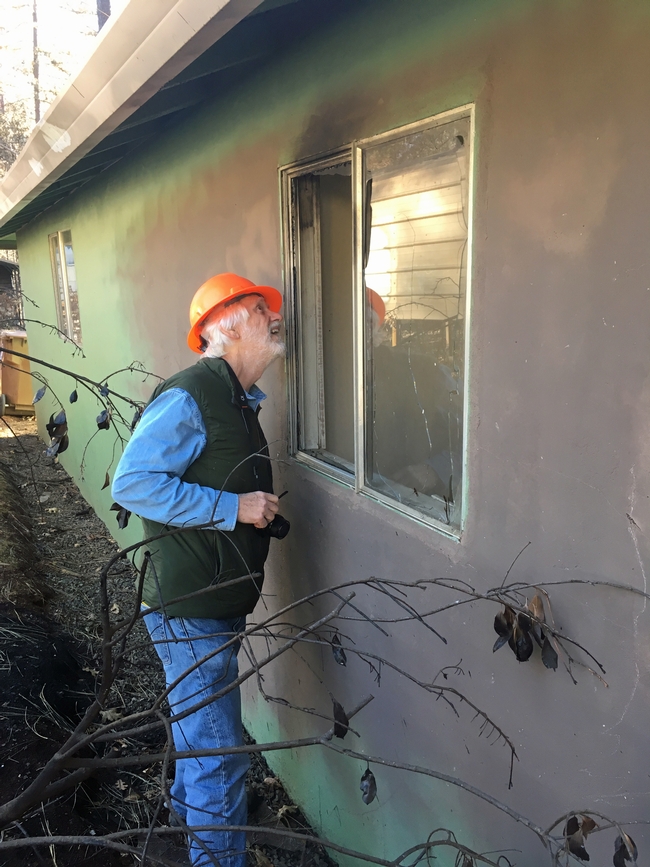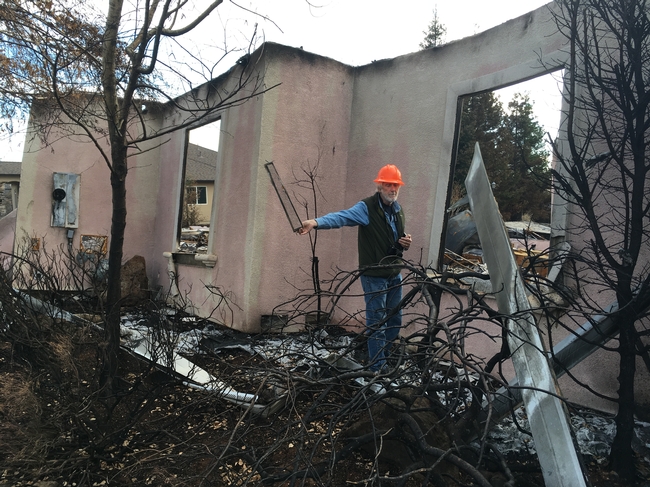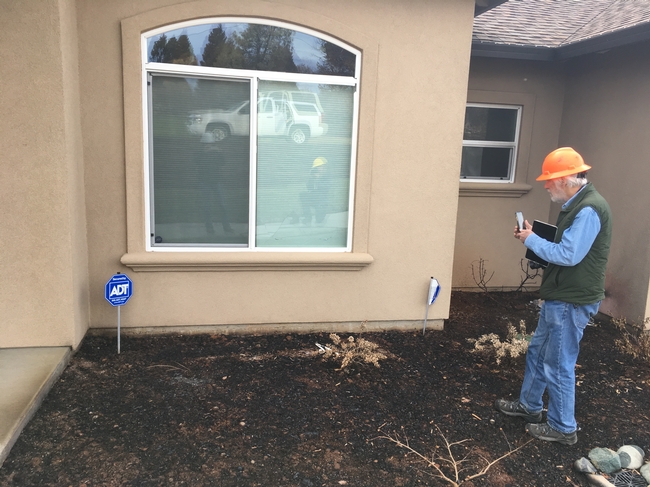
Wildfire preparedness bill puts UC research to work
Last week, Governor Gavin Newsom signed a series of bills aimed at improving California's wildfire prevention, mitigation and response efforts. AB 38, a bill aimed at reducing wildfire damage to communities, incorporates University of California research to help protect California's existing housing.
“Prior to AB 38, the State's wildfire building policy focus was centered around guiding construction standards for new homes and major remodels,” said Yana Valachovic, UC Cooperative Extension forest advisor for Humboldt and Del Norte counties. “How do we help incentivize homeowners to upgrade and retrofit the 10 million or more existing homes in California to help them become more resilient to wildfire? AB 38 is an attempt to start that important work and to protect Californians.”

AB 38, introduced by Assemblymember Jim Wood (D-Santa Rosa) provides mechanisms to develop best practices for community-wide resilience against wildfires through “home hardening,” defensible space and other measures based on UC ANR research. This bill is especially important to Wood because wildfires in 2017 destroyed lives and hundreds of homes in his district and because of his work as a forensic dentist following the Santa Rosa and Paradise wildfires.
“AB 38 was a huge effort by many partners as we sought the best policy solutions to address what is today one of our state's biggest challenges,” said Assemblymember Wood. “I could not have accomplished it without the support and guidance of the people at UC Cooperative Extension Humboldt-Del Norte, especially Dr. Steve Quarles and Yana Valachovic. Their expertise proved invaluable as we worked through this process.”
Studies conducted by Steve Quarles, emeritus UC Cooperative Extension advisor, and his continued work at the Insurance Institute for Business and Home Safety have identified building materials and designs that are more resistant to flying embers from wildfires. Embers are small, fiery pieces of plants, trees or buildings that are light enough to be carried on the wind and can rapidly spread wildfire when they blow ahead of the main fire, starting new fires on or in homes.
Evaluating the homes lost in wildfires that ravaged Paradise, Redding and Santa Rosa have also informed Valachovic and Quarles' recommendations.
Hardening a home to withstand wildland fire exposure does not have to be costly, but it does require an understanding of the exposures the home will experience when threatened by a wildfire.
Their recommended best practices for hardening homes against wildfire can be found in UC ANR Publication 8393 “Home Survival in Wildfire-Prone Areas: Building Materials and Design,” which can be downloaded for free. More information is also at the ANR Fire website https://ucanr.edu/fire.


